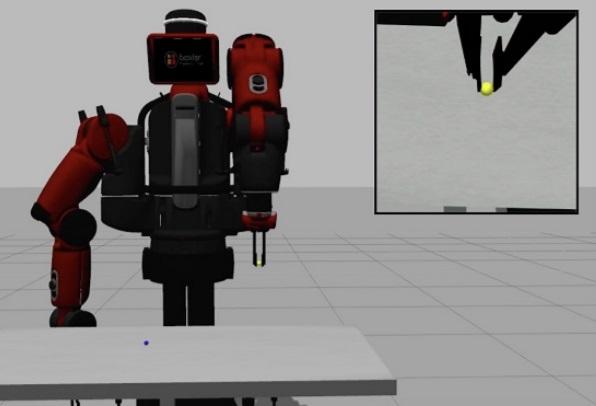How to close sim-real gap? transfer with segmentation!

One fundamental difficulty in robotic learning is the sim-real gap problem. In this work, we propose to use segmentation as the interface between perception and control, as a domain-invariant state representation. We identify two sources of sim-real gap, one is dynamics sim-real gap, the other is visual sim-real gap. To close dynamics sim-real gap, we propose to use closed-loop control. For complex task with segmentation mask input, we further propose to learn a closed-loop model-free control policy with deep neural network using imitation learning. To close visual sim-real gap, we propose to learn a perception model in real environment using simulated target plus real background image, without using any real world supervision. We demonstrate this methodology in eye-in-hand grasping task. We train a closed-loop control policy model that taking the segmentation as input using simulation. We show that this control policy is able to transfer from simulation to real environment. The closed-loop control policy is not only robust with respect to discrepancies between the dynamic model of the simulated and real robot, but also is able to generalize to unseen scenarios where the target is moving and even learns to recover from failures. We train the perception segmentation model using training data generated by composing real background images with simulated images of the target. Combining the control policy learned from simulation with the perception model, we achieve an impressive 88% success rate in grasping a tiny sphere with a real robot.
